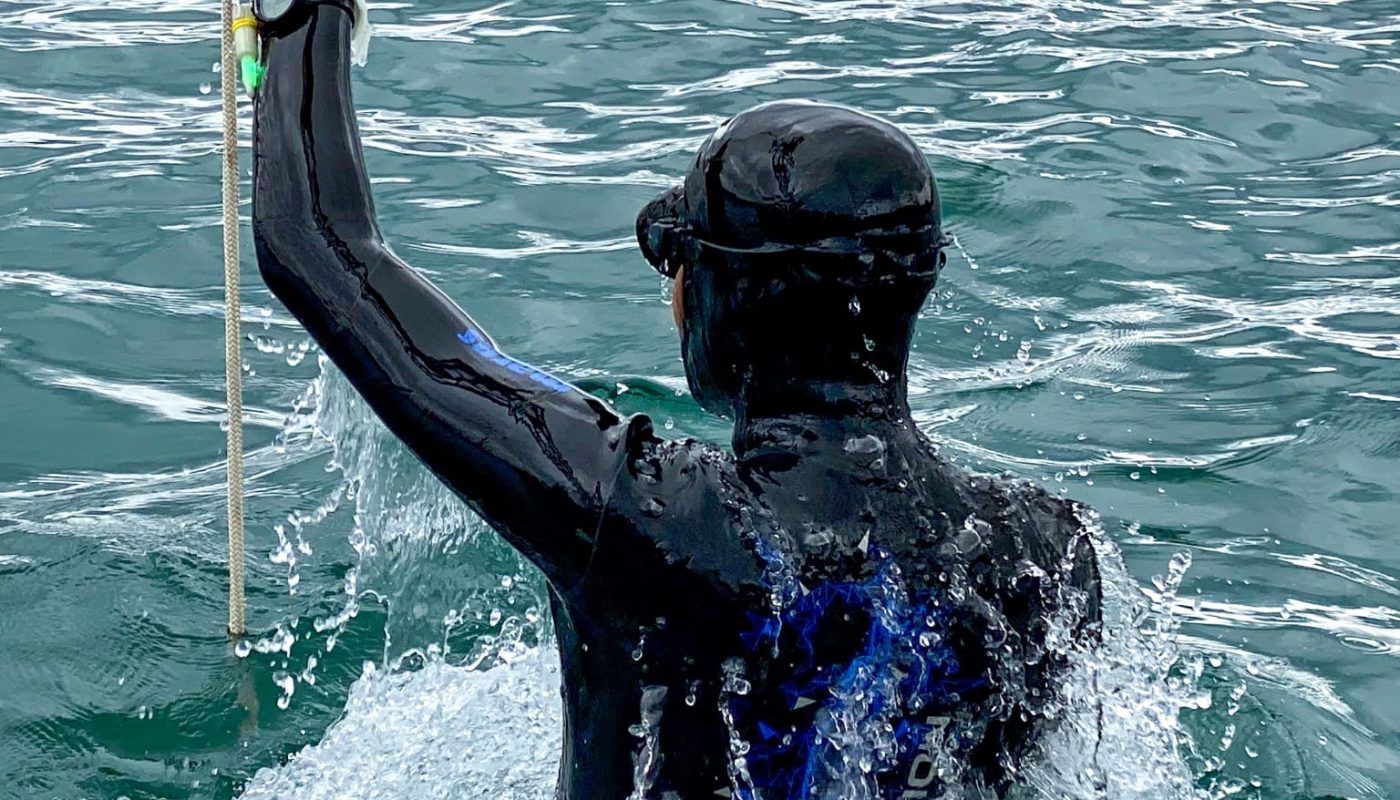Being married to a freediving instructor, safety has always been my number one concern. Is it really safe? How do you determine or make sure sudden accidents don’t occur during the practice?
As the sport thrived with more athletes, it gained a noticeable reputation as an extreme sport. Being dependable on your own body and without oxygen equipment’s is a fearful idea, but to set the facts to the truth in both scuba diving and freediving, you would always need to set up safety measures.
Freediving has developed into a recognised sport with more and more competitions world-wide. This is because whenever you dive deep, your body gets adapted more; hence, you want to train more and dive deeper. It can come at a cost, but with good safety measures, most likely no danger will surround it.
To practice freediving, it is also important to practice safety. Abiding by the rules of the sport is important.
The first rule of freediving is: Never dive alone.
You always need a safety partner who is aware, has enough experience in safety practice, and can accommodate your safety under any circumstances. Whenever you go diving, you should have a diving plan ready to know what to do in an emergency. This should include max depth, discipline, time in water, closest oxygen, AED, and so on.
Listen to yourself
Knowing your limits by listening to yourself, when it says stop, you need to know you have to stop. This is the moment you go out, and it is also the winning moment when you realise at this specific second you gained over control on your body and mind. Your body is like a walking machine, and you are the driver; you choose how far you can go with it and when to stop; you just need to listen.
Equalisation
Equalisation can be the hardest part to cope with in this sport. Once you start with your first metre down, you must get ready to equalise.
During a freediving practice, one of the most essential skills you would need to develop is equalisation techniques to prevent barotrauma. The most famous two equalisation techniques are:
Valsalva, which is commonly used in scuba diving, is done by forcibly exhaling against closed lips and a pinched nose. The air gets forced from the lungs into the middle ear, which is also one of the most commonly used techniques of compensation. However, in freediving, in order to use that technique, you would need to be under 10 metres in greater depth; you’ll need to change Frenzel.
The Frenzerl manoeuvre is based on closing off glotis, pinching the nostrils, and using the air in your trachia to do the equalisation. making a sound of T,K or H which would help the air get pushed up.
Use the right equipment’s
Make sure you have all the equipment you need, including a bright-coloured buoy, flag, line, and gear like a mask, wet suit, fins, weights, and lanyard.
The hyperventilate.
Hyperventilation has different bad effects on your breathhold and should by this never been practiced while doing any breathold activity. Hyperventilation will accelerate your heart beat, create a cerebral vasoconstriction, the bohr Effect and can stop the mamilian dive reflex from happening properly.
Mixing freediving with scuba diving
While freediving, avoid using oxygen gear to extend your breath hold under water. If you practice scuba diving and freediving, you would need to schedule separate days for each and not do the two on the same day, as there is a high risk of decompression sickness that can occur.
Check out the following Video for more information regarding the safety guidelines in freediving and sneak peaks of freediving safety beginner course, held by the freedive instructor Daniel Schoenenberg:
https://youtu.be/SZt6R5c2ikI
Click here to join us today at MantaCruz Dive Center and learn more about safety in freediving
Disclaimer 1: Consent was obtained from participants both before and during the video recording process.
Disclaimer 2: To maintain transparency, it’s important to note that Daniel Schönenberg is my spouse, and I have been overseeing the marketing efforts for his freedive section.
Disclaimer 3: Never dive alone. Freediving should only be done with a certified instructor or a certified safety diver.
Disclaimer 4: Note, the information is provided for reference only, and is not a substitute for formal training. We strongly recommended that you complete a freediving course before taking up freediving in any form.
citation:
Dolphin Video is shooted by Fabio Tunno.




Thanks Remonda, this blog is very informative especially for someone who’s unfamiliar with the sport. I’ve come across news in HK about diving accidents involving solo divers, so your emphasis on never diving alone and respecting your body’s limits is truly invaluable advice. Stay safe 🙂
Thank you so much Jenny that`s very appreciated 🙂